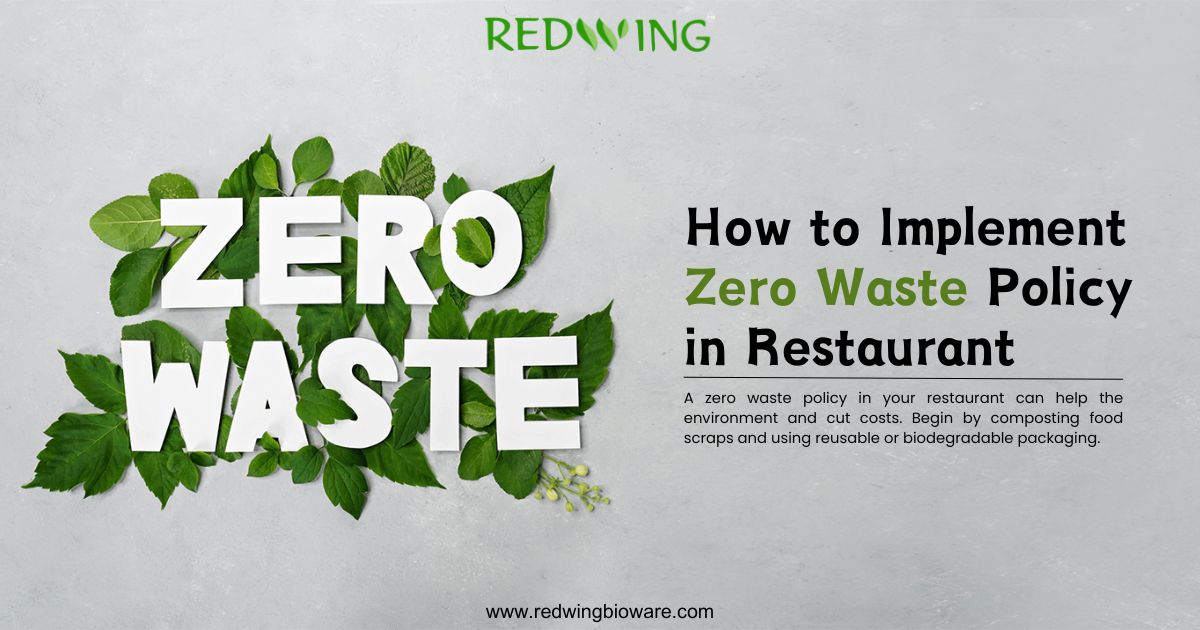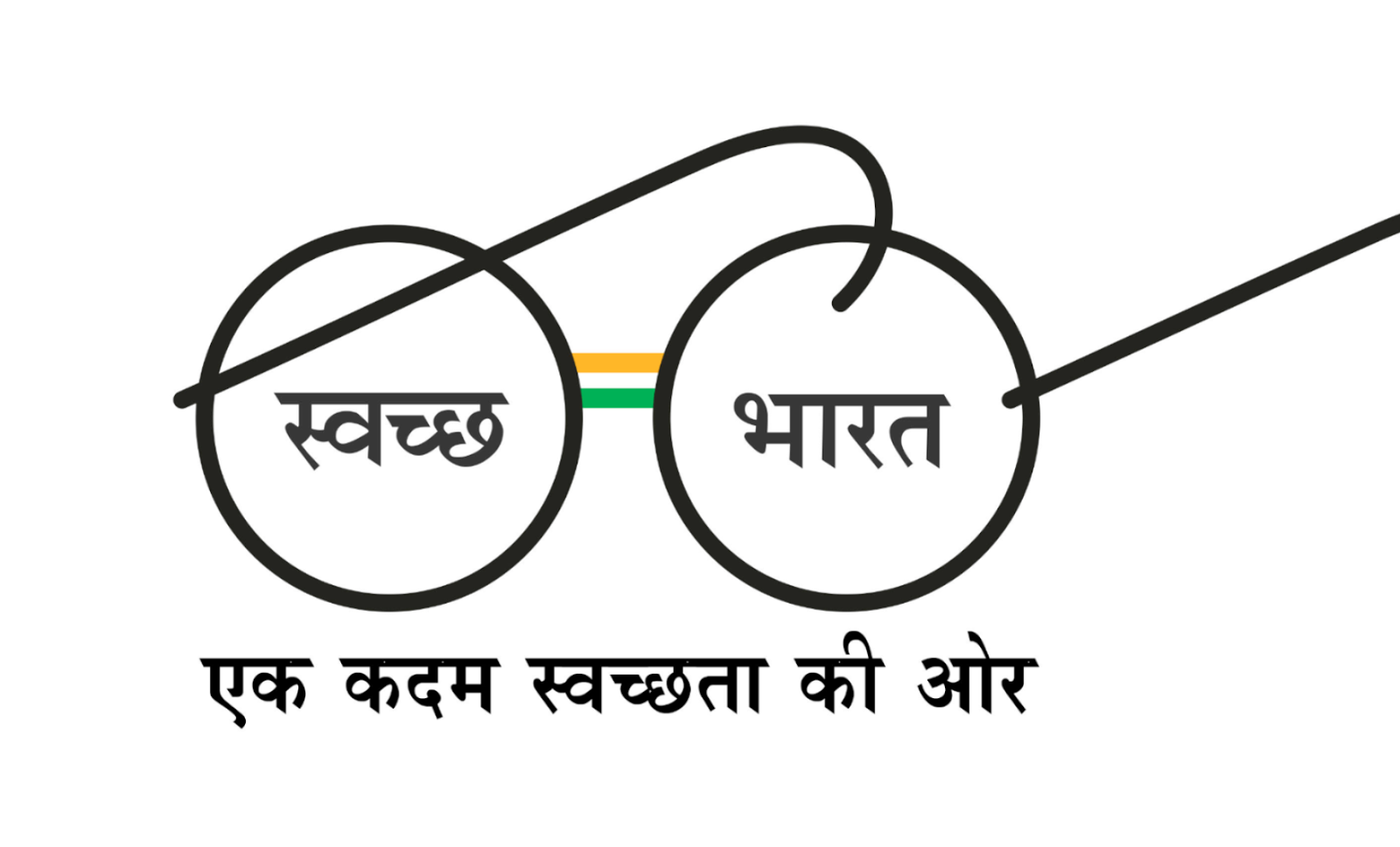- In today’s eco-conscious world, implementing a zero waste policy in your restaurant isn’t just a trend.
- It’s a commitment to sustainability that can enhance your brand reputation and attract environmentally conscious customers.
- Here’s how you can effectively integrate a zero waste approach into your restaurant operations.
What is a Zero Waste Policy?
- A zero waste policy is a strategic approach to minimize waste generation and maximize recycling and reuse within an organization or community.
- Unlike traditional waste management, which focuses on disposal and landfilling, a zero waste policy aims to redesign processes and systems to eliminate waste at its source.
- Here’s what you need to know about implementing a zero waste policy:
Key Principles of Zero Waste Policy:
Reduce: Emphasizes reducing waste generation through efficient use of resources and materials. This involves rethinking product design, packaging, and consumption patterns to minimize waste creation.
Reuse: Encourages the reuse of products and materials whenever possible. This includes promoting durable and refillable products, repairing items instead of discarding them, and implementing systems for sharing or exchanging goods.
Recycle: Focuses on recycling materials to divert them from landfill disposal. This involves setting up effective recycling programs, educating stakeholders on proper recycling practices, and ensuring that recyclable materials are collected and processed efficiently.
Compost: Supports the composting of organic materials such as food scraps and yard waste. Composting not only reduces methane emissions from landfills but also produces nutrient-rich compost that can be used to enrich soil.
Redesign: Advocates for designing products and packaging with end-of-life considerations in mind. This includes using materials that are easily recyclable or compostable and minimizing the use of toxic substances.
Understanding Zero Waste
- Zero waste means eliminating as much waste as possible through sustainable practices.
- For restaurants, this involves reducing food waste, using eco-friendly materials, and recycling or composting waste.
Conduct a Waste Audit
Start by measuring your current waste generation. Identify the types and quantities of waste your restaurant produces daily. This audit will help you pinpoint areas where waste reduction efforts can be most effective.
Set Clear Goals
Based on your waste audit findings, set realistic targets for waste reduction. Aim to gradually decrease landfill-bound waste by implementing strategies such as composting, recycling, and reducing single-use plastics.
Source Reduction Strategies
Minimize waste at the source by reevaluating your purchasing habits. Choose for suppliers who offer products with minimal packaging or eco-friendly packaging options. Consider buying in bulk to reduce packaging waste.
Composting Organic Waste
Implement a composting program for food scraps and organic waste. Composting reduces landfill waste and produces nutrient-rich compost for landscaping or donation to local farms. If space is limited, collaborate with a local composting facility.
Recycle
Set up recycling stations throughout your restaurant for glass, metal, paper, and plastics. Provide clearly labeled bins for easy sorting by staff and customers.
Reusable and Biodegradable Alternatives
Replace single-use items like plastic straws, utensils, and containers with reusable or biodegradable alternatives. Consider using compostable materials made from renewable resources such as sugarcane bagasse.
Train Your Staff
Educate your team about the importance of zero waste and proper waste management practices. Regular training sessions can keep everyone informed and motivated. Encourage staff to contribute ideas for reducing waste and reward their efforts to foster a culture of sustainability.
Engage Your Customers
Educate your customers about your zero waste initiatives and encourage them to participate. Provide incentives for customers who bring their own reusable containers or support your composting and recycling efforts.
Monitor Progress and Adjust
Regularly monitor your waste reduction efforts and track your progress towards your goals. Adjust your strategies as needed to improve efficiency and maximize waste diversion.
Promote Your Efforts
Highlight your commitment to sustainability in your marketing materials and on your website. Use social media to showcase your zero waste practices and engage with eco-conscious consumers. Choose suppliers who prioritize sustainability. Buy locally and seasonally to reduce the carbon footprint associated with transporting goods.
By following this steps, your restaurant can significantly reduce its environmental footprint while appealing to customers who value sustainability. Embrace the challenge of going zero waste—it’s not just good for the planet, but also for your business’s reputation and bottom line. Together, we can create a greener future, one meal at a time.
Conclusion:
In summary, a zero waste policy represents a proactive approach to waste management that prioritizes sustainability, resource efficiency, and environmental stewardship. By adopting principles of waste reduction, reuse, recycling, and composting, organizations can minimize their environmental footprint and contribute to a more sustainable future. Redwing bioware provides high-quality bagasse tableware products, highlighting sustainability.
References:
- Zero waste by wikipedia [1].
Controlling wastage in a restaurant involves strategic planning, efficient inventory management, staff training, and sustainable practices. Conduct a waste audit to identify problem areas, implement portion control to reduce leftovers, and manage inventory to avoid overordering. Train staff on proper food handling and storage, design a menu that uses ingredients across multiple dishes, and encourage customers to take leftovers home with eco-friendly containers. Implement composting and recycling programs, and regularly review and adjust waste management strategies to improve efficiency and sustainability.
The five steps of zero waste are Refuse, Reduce, Reuse, Recycle, and Rot. First, refuse unnecessary items to minimize waste from the start, such as declining single-use plastics and avoiding excessive packaging. Next, reduce waste by using fewer resources and being mindful of consumption habits, ensuring that only what is needed is used.
A zero-waste policy example is a company implementing a system where all products are reused, recycled, or composted, and no waste is sent to landfills or incinerators. This involves reducing consumption, designing products for durability, and ensuring all materials can be continuously cycled in closed loops.





